Healthcare providers are determined to do all they can to help their patients, but providing exceptional care comes with many challenges — like understanding your patients well enough to tailor your recommendations to their needs.
To provide tailored care, physicians need to know as much as they can about their patients, including demographic data. This data is crucial because factors like ethnicity, age, and medical history can determine a patient’s susceptibility to certain diseases and which treatments are most effective.
Take, for example, the case of Brigham Health. This organization investigated how demographics were affecting patient health during the COVID-19 pandemic. The results were alarming — specific communities were up to five times more likely to be hospitalized for COVID-19, and some groups had much higher mortality rates.
Consider how demographic data helped Brigham Health
One of Bingham Health’s findings was that Hispanic patients who didn’t speak English were dying at a higher rate than those who did. These results led them to improve the quality of care by giving patients more access to interpreters.
Despite the benefits of improved patient data, healthcare providers may find it difficult to collect it. The challenge is twofold. On one hand, people are naturally wary when someone asks for their personal information. They may wonder how that data will be used and how it will be shared. On the other hand, clinics and physicians need to ensure that data remains secure and that they abide by current HIPAA regulations.
Let’s look at a few practical ways you can solve these challenges.
Be transparent with your patients
Patients are often hesitant to provide personal information because they don’t understand why you need it. As their medical provider, you need to help them understand the connection between getting complete information and giving superior treatment. When they feel like it’s in their best interests to provide relevant data, patients will be more likely to give you the information you need.
You can also put patients at ease by highlighting the lengths your team goes to in securing their protected health information (PHI). While you likely won’t need to get into the technical nature of your data protection policies, sharing a few high-level ways you secure their data can make the data-gathering process a little easier for you.
Just so you know
Manage patient information securely from any device with HIPAA-friendly online forms.
Collect demographic data simply and securely

Your patient data-collection process must meet certain standards to be secure and straightforward. Forms should be easy to use (digital if possible) and HIPAA-friendly by default. This will most likely require a combination of technology and strong security practices at your medical facility.
One way to simplify and secure your intake process is to use online forms. For example, demographic data is considered PHI and is subject to HIPAA privacy laws, which means you’re responsible for securely collecting and storing this data. Jotform provides online patient demographic forms that are HIPAA-friendly and easy to use. You can customize templates to suit your needs and set them up to work with your existing systems.
But finding the right tools is only part of the challenge. Patients are more likely to share personal information when they interact with respectful and knowledgeable staff. Training is key to ensuring that you not only have the right tools but that your team knows how to use them. With proper training and user-friendly technology, you can streamline your intake process and collect the data you need.
Go beyond simple data
Patient demographics are essential for internal statistics and scientific analysis since employees can use demographic data to identify high-risk groups and typical characteristics of particular illnesses. Far from just being additional data points, patient demographics are vital to improving recovery times and the healthcare experience in general.
Apart from age, ethnicity, and sex, religious beliefs can limit the treatments patients are willing to accept. By understanding a patient’s beliefs and background, healthcare providers can overcome obstacles early on and create care plans individualized to their patients.
Use technology to keep relevant data at your fingertips
Having accurate data in healthcare is invaluable. At Jotform, we provide HIPAA-friendly form templates for a variety of provider needs. These forms are simple to use, and you can easily share them with your patients. Plus, you’ll be able to access these digital files with ease, ensuring everyone on your team has important medical information at their fingertips.
Need a patient demographic, new enrollment, or medical history form for your clinic or hospital? You can customize one of our templates to meet your needs. They’ll help you collect essential information. Create your digital form today.

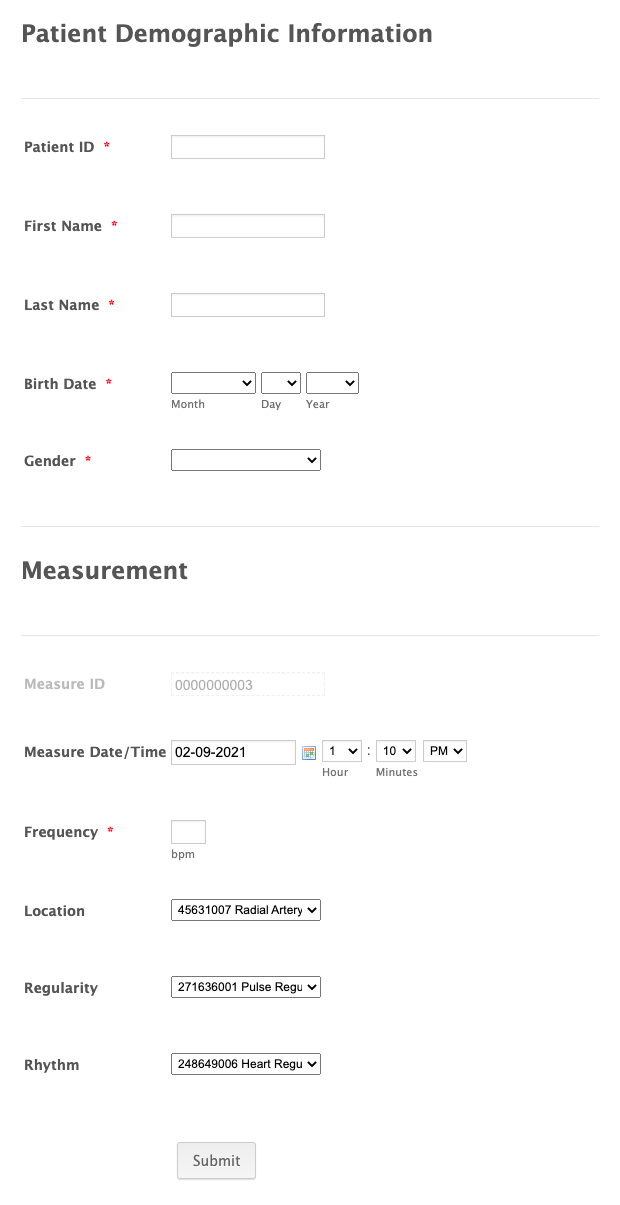











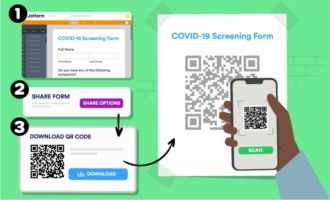



















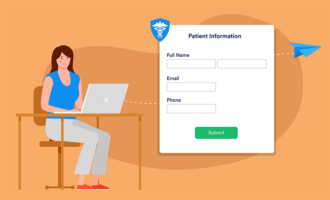
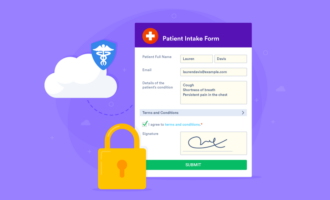



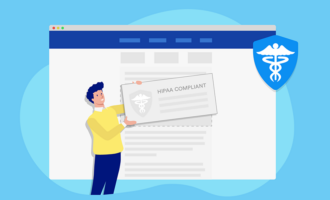





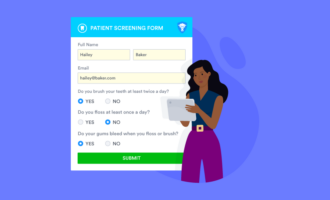













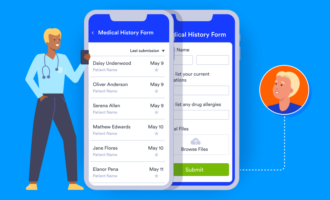



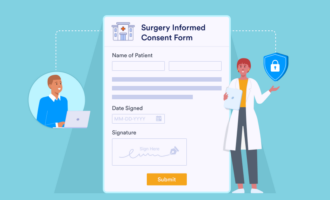















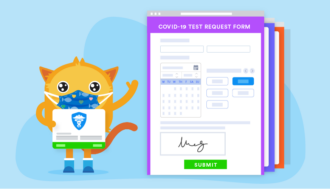


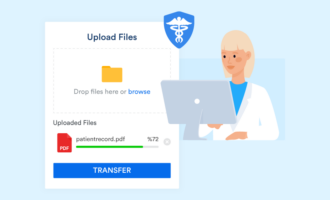


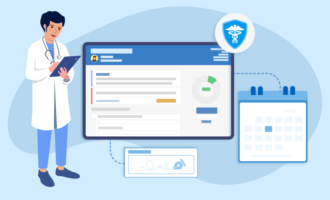











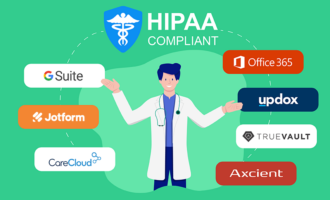
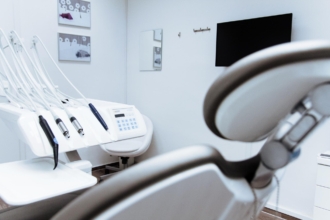




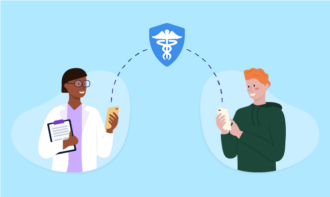
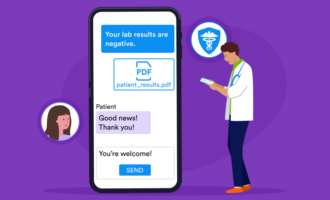
Send Comment: